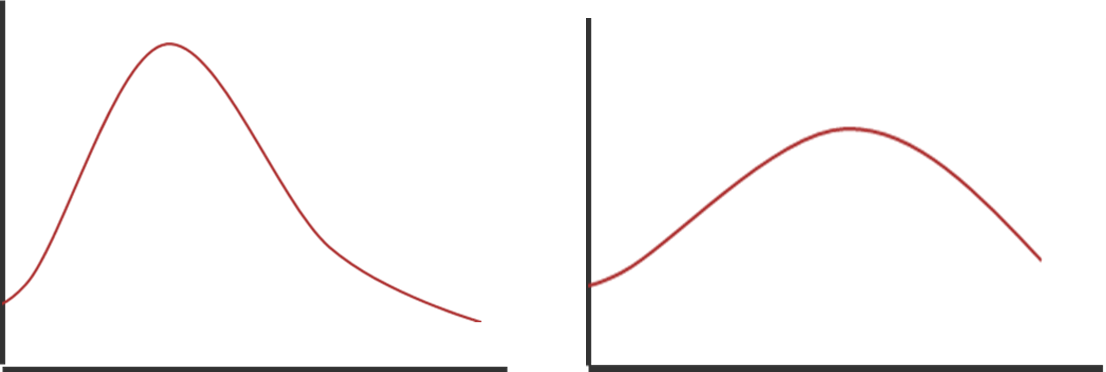Water Budgets
- Drainage basins are self-adjusting systems to create balance
- If one part is 'out', then one or all the others will compensate
- The balance between inputs and outputs is known as the water balance
- The water balance helps to understand the behaviour of individual drainage basins
- The water balance can be shown using the formula:
- precipitation (P) = total runoff (streamflow) (O) + evapotranspiration (E) +/- changes in storage (S)
- precipitation (P) = total runoff (streamflow) (O) + evapotranspiration (E) +/- changes in storage (S)
- The water balance shows how much water is stored in a system
- The general water balance in the UK shows seasonal patterns
- In wet seasons, precipitation is greater than evapotranspiration which creates a water surplus
- Ground stores fill with water which results in increased surface runoff, higher discharge and higher river levels
- This means there is a positive water balance
- In drier seasons evapotranspiration exceeds precipitation, as plants absorb water, ground stores are depleted
- This produces a water deficit at the end of a dry season generating a negative water balance
Soil water budget
- Shows the balance between inputs and outputs of a soil store over a year
- The budget depends on soil depth, type, texture and permeability
- The following is based on a typical UK soil budget

Graph showing changes in soil moisture stores, on a local scale, over a year

 Image showing the terminology of a flood/storm hydrograph. Note that rainfall is always in mm and a bar chart and discharge in cumecs m³/sec as a line graph measured over time (usually hours, but can be days)
Image showing the terminology of a flood/storm hydrograph. Note that rainfall is always in mm and a bar chart and discharge in cumecs m³/sec as a line graph measured over time (usually hours, but can be days)
